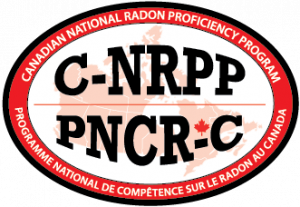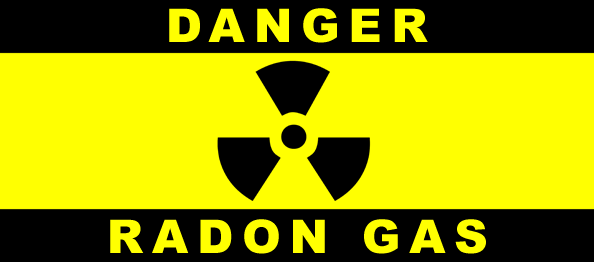Health Canada Urging Canadians to test their homes for Radon.
Self-isolation and Radon: How are they linked? What You Need to Know to Be Healthy Quarantined at Home
With COVID-19 leading the way as our highest priority, we are all working hard to respect social distancing. This has us spending more time at home and increasing our potential risk of being exposed to radon more than normal. The more time we spend in an environment with radon, the greater our risk of developing cancer from this gas that lives in many of our homes.
What is radon?
The Government of Canada defines radon as a radioactive gas that comes from the breakdown of uranium in soil and rock. It is invisible, odourless and tasteless. When radon is released from the ground into the outdoor air, it is diluted and is not a concern. However, in enclosed spaces, like homes, it can accumulate to high levels and become a risk to the health of you and your family.
How can we help you?
Aquality Plumbing & Heating has a Certified Radon Professional, Steve Sims, our resident expert on this topic. He has put countless hours into training on this topic over the past year to ensure we deliver the best service and information to educate and assist people like you. Calgary, and surrounding areas, has some of the highest risk areas in all of Canada, and just like with your plumbing, we want to keep you safe while creating a relationship with you.
Why do I need a Certified Radon Professional with the C-NRPP (Canadian – National Radon Proficiency Program)?

Did you know only a Certified Radon Professional is insured to work in your home on Radon? As well, they have also spent 48 hours in classroom time, plus independent hours preparing for tests that must be completed in order to receive their certification. These professionals work to increase homeowner awareness of radon, so you can benefit from their knowledge and skill set, while maintaining the highest standards of work and ethics in their practice.
How does radon mitigation work?
What if a radon test determines that your home has high levels of radon? What can you do to decrease the risk to the people and pets in your house? The best solution is one that is customized to your house and a trained professional will likely use several techniques that ensure quality testing and appropriate mitigation.
For example, if the slab is not sealed correctly, the inline fans used for sub-slab depressurization can pull 50% of air from the house. This often results in an oversized fan being used which besides being inefficient, also creates additional unnecessary noise. Backdrafting of appliances, including fireplaces can become an issue if not tested. It can be a lengthy trial and error process to get the radon levels down to an acceptable level, and as trained professionals, we know how to test the foundation in the basement to ensure we are going to get good suction across it and how to correctly seal it.
A lot of time and money can be wasted working on unnecessary areas. Training and knowledge are key to getting any job done properly and we want to ensure it’s the right solution for each home.
The extensive process is part of the journey
Radon systems control radon, they don’t eliminate it. A properly installed system is crucial. Follow up with post-mitigation is key – we will be testing your home 24 hrs after mitigation. From then, we will follow up with testing within 12 months, and again within 2 years. We want you to be healthy and with radon levels safe for you to live in your home.
Connect today with Steve for your FREE Radon Education Session
Start Your Relationship Today!
Call 403-205-2782 or book an appointment online here: www.aqualityplumber.com
Government of Canada. (2020). Radon: About. Retrieved from https://www.canada.ca/en/health-canada/services/health-risks-safety/radiation/radon.html




